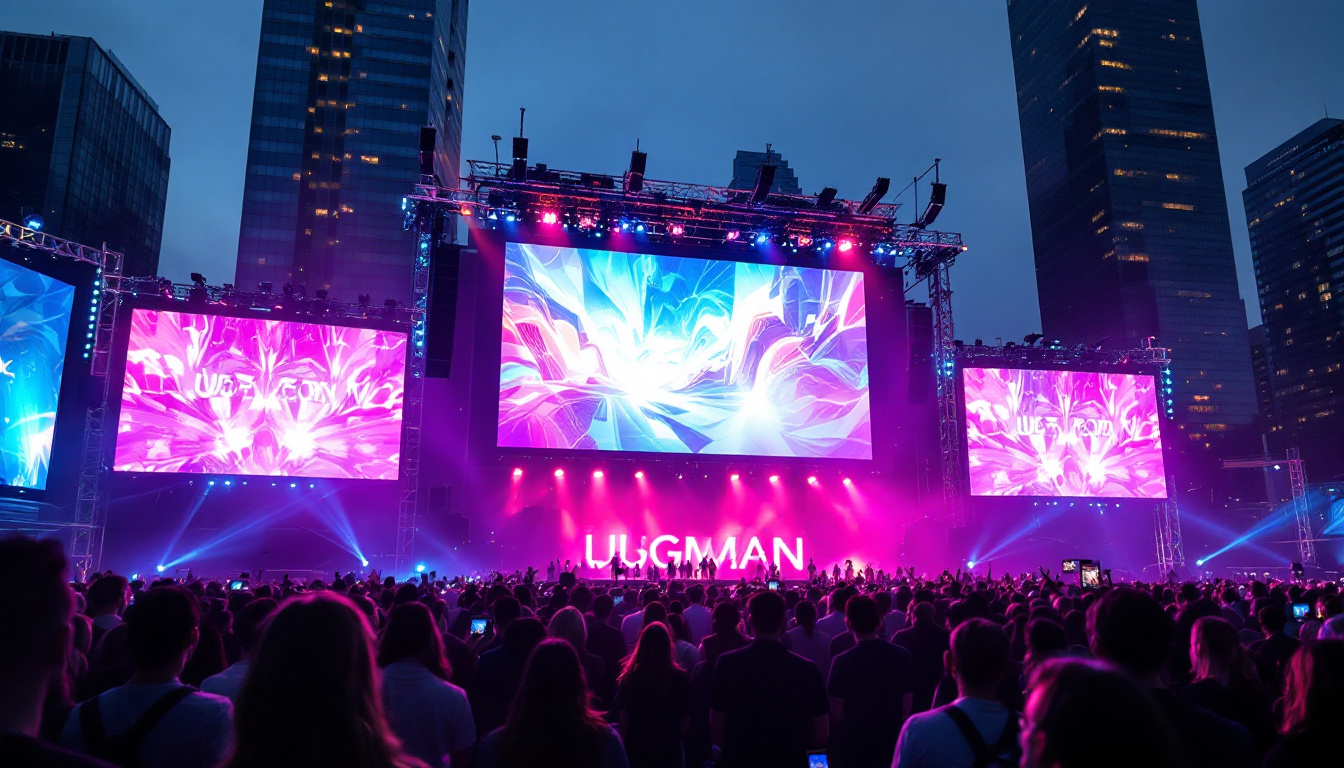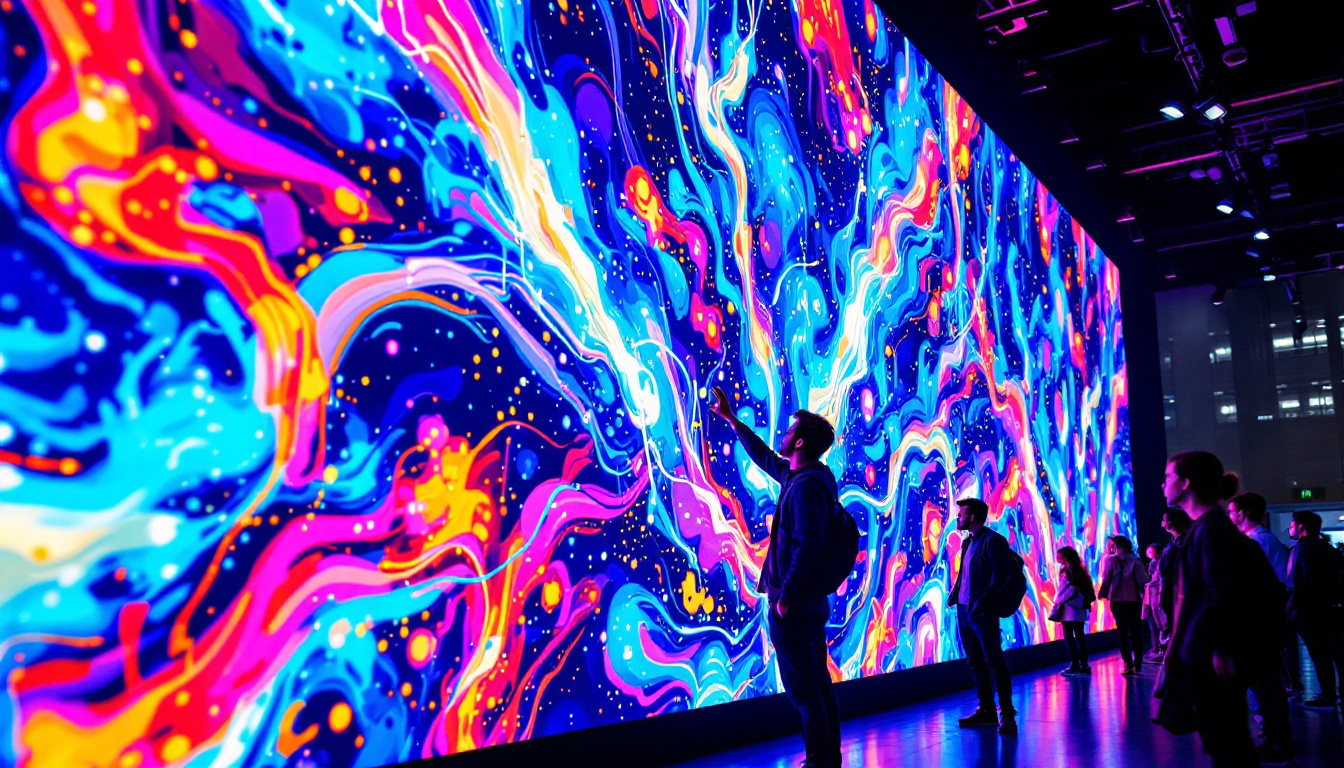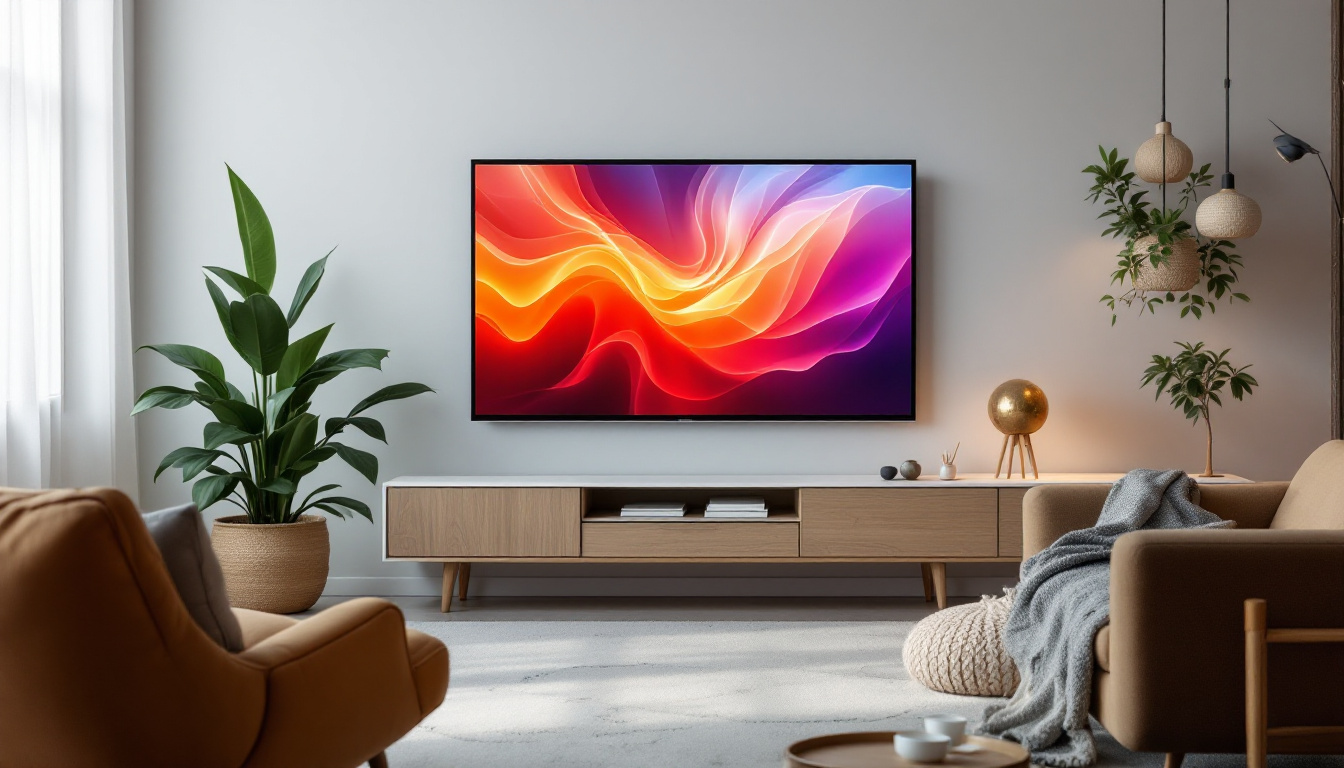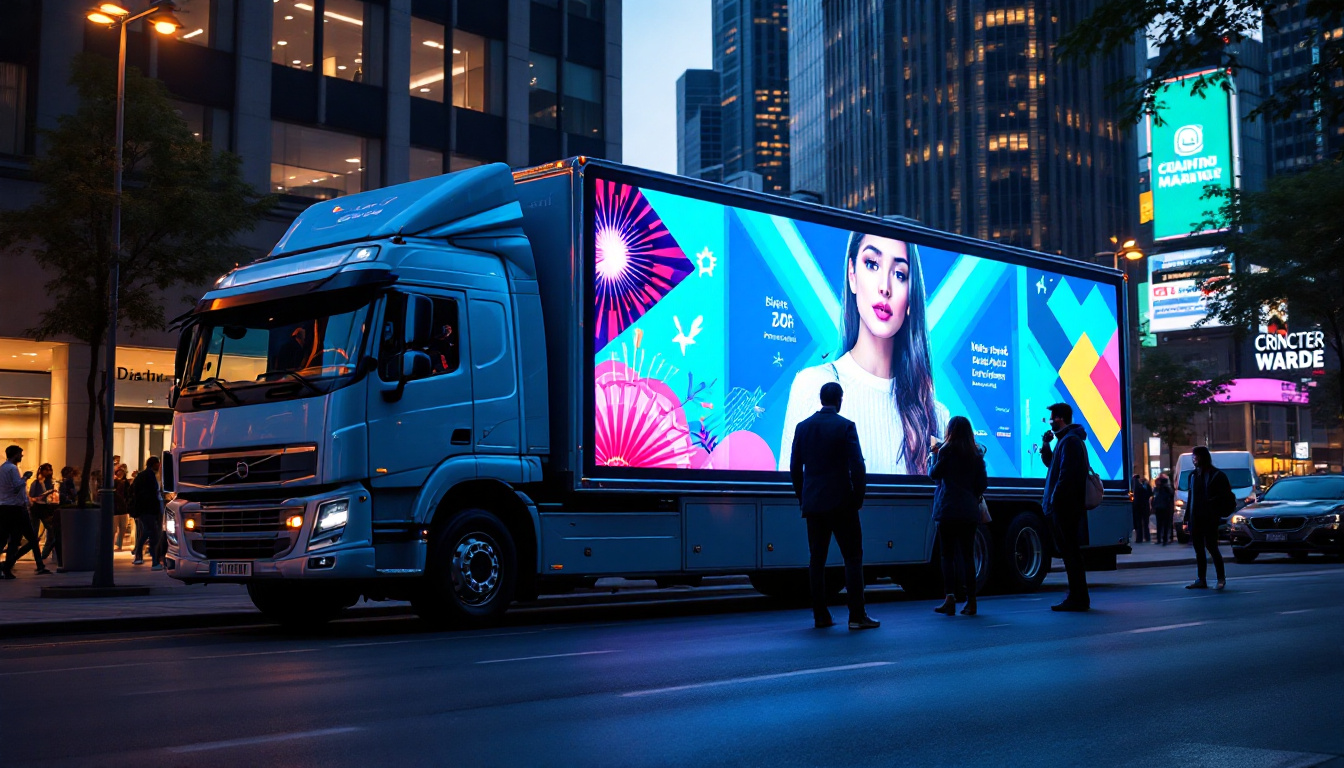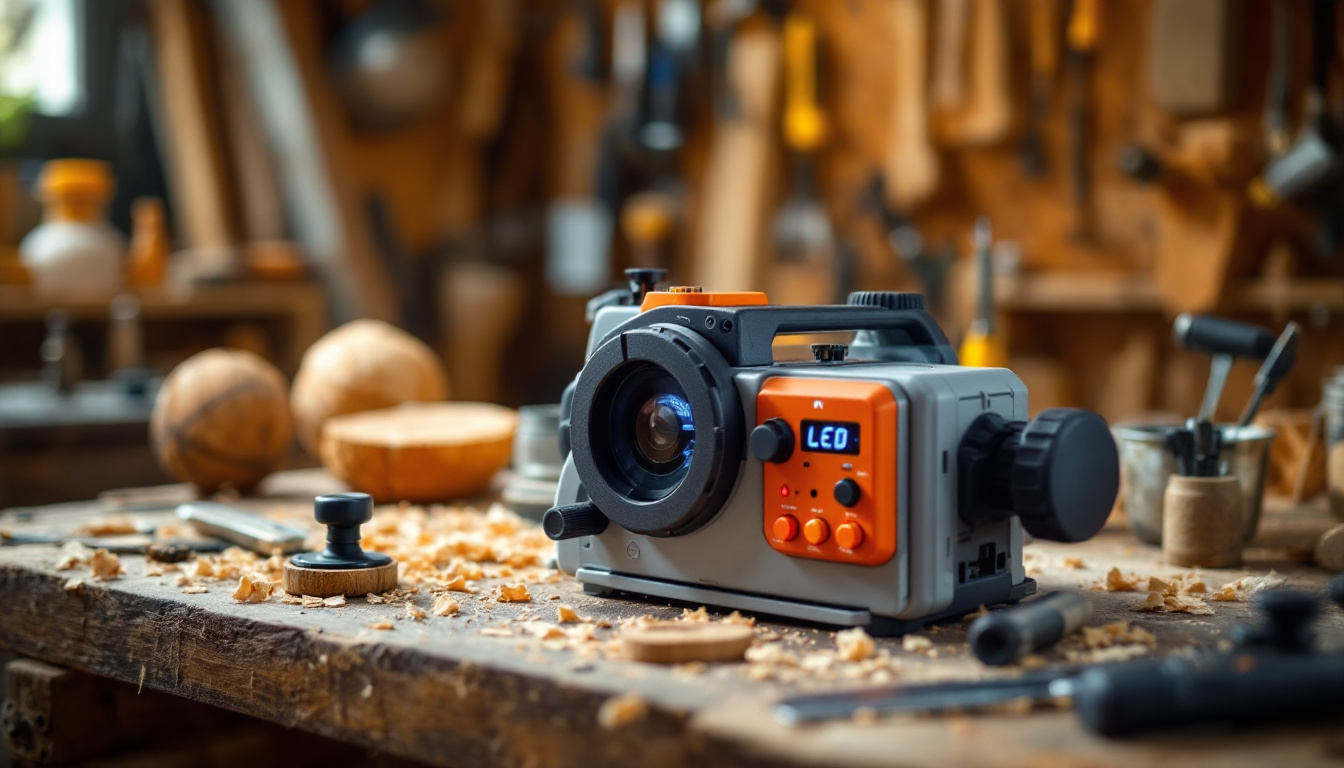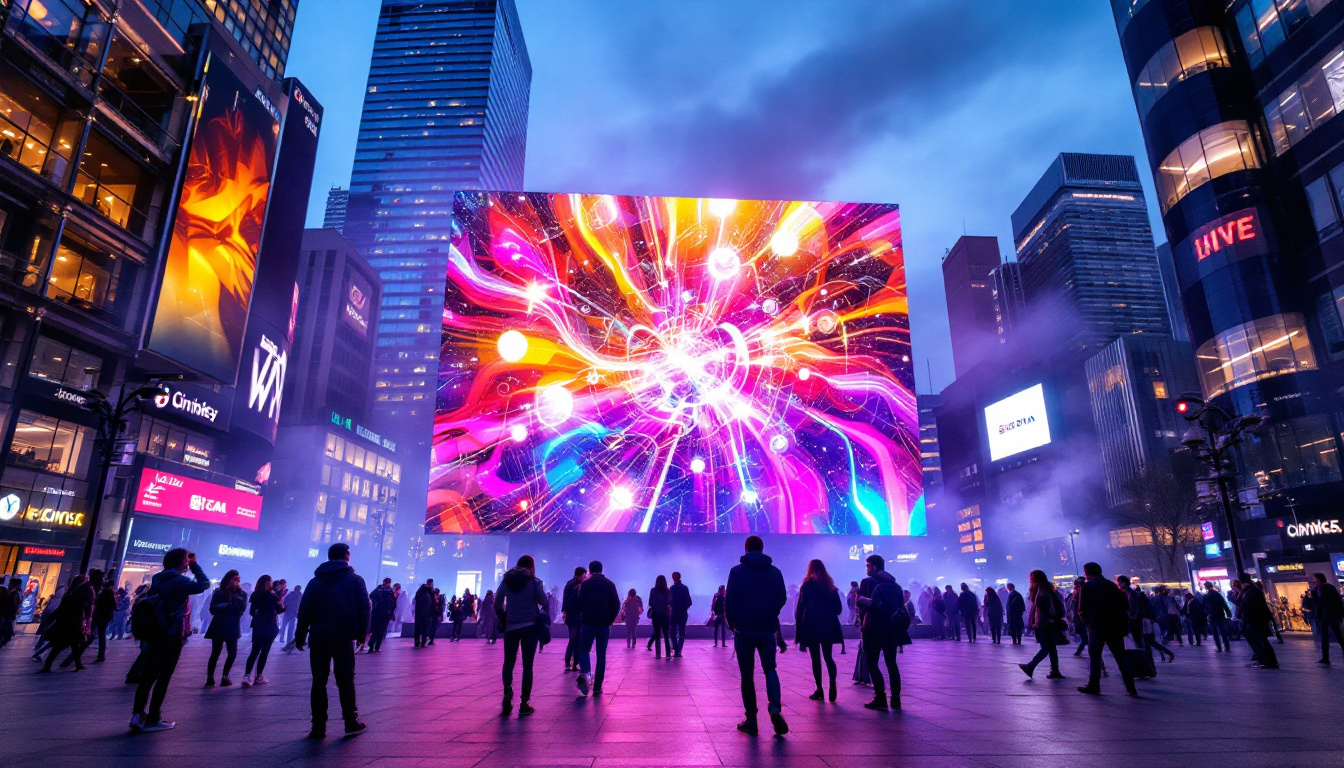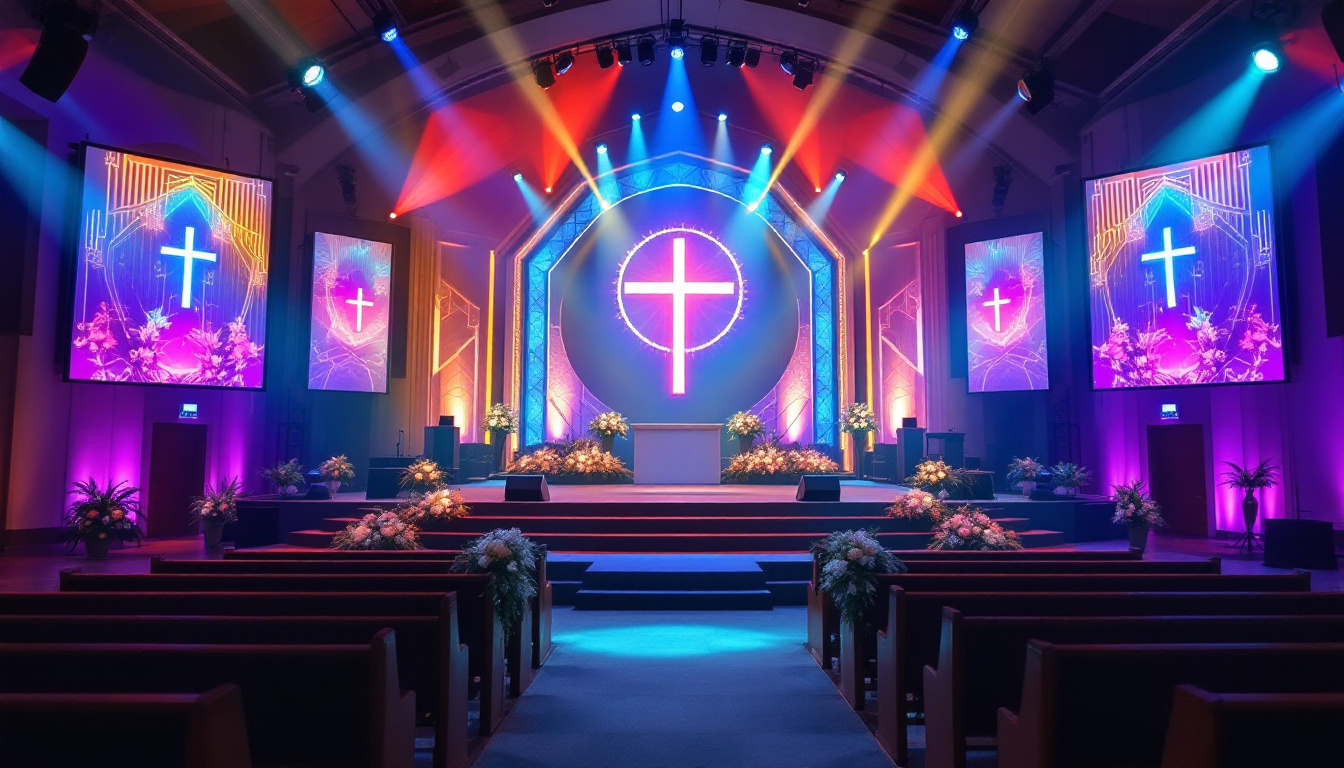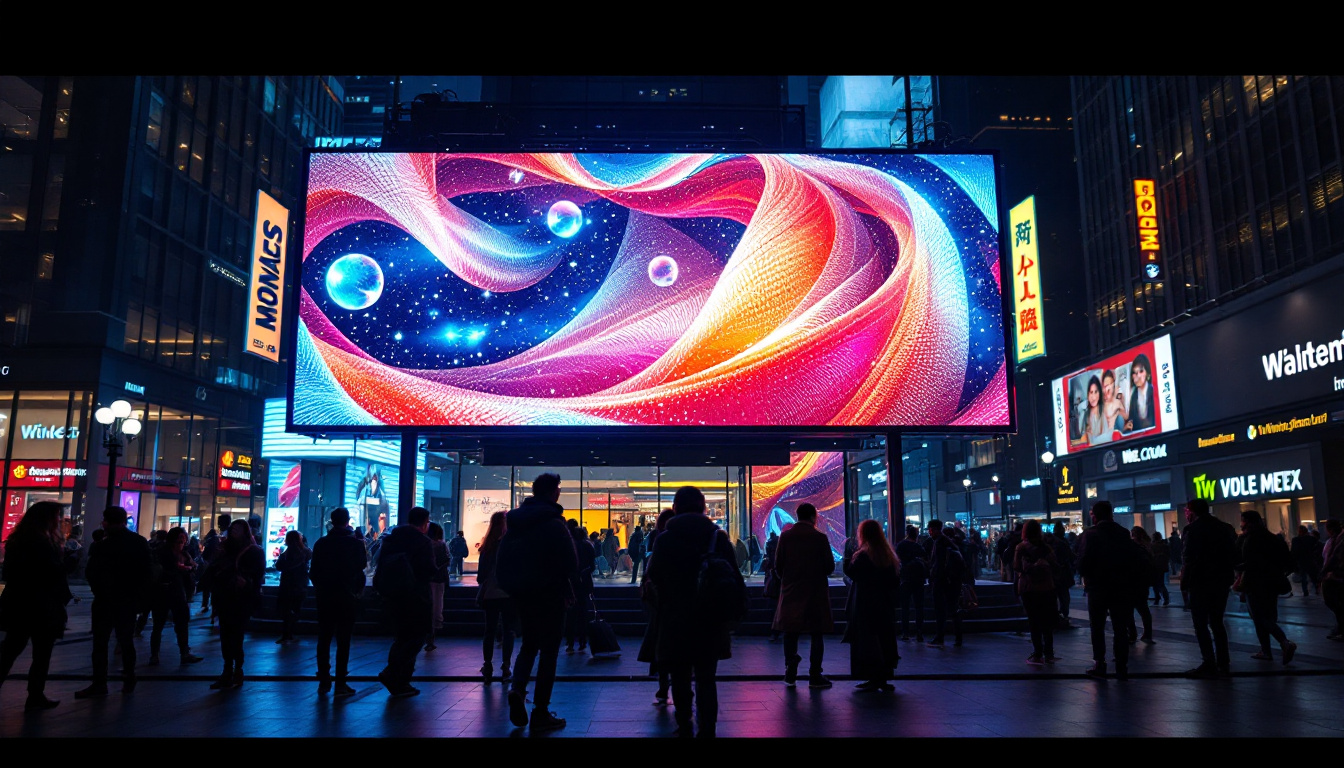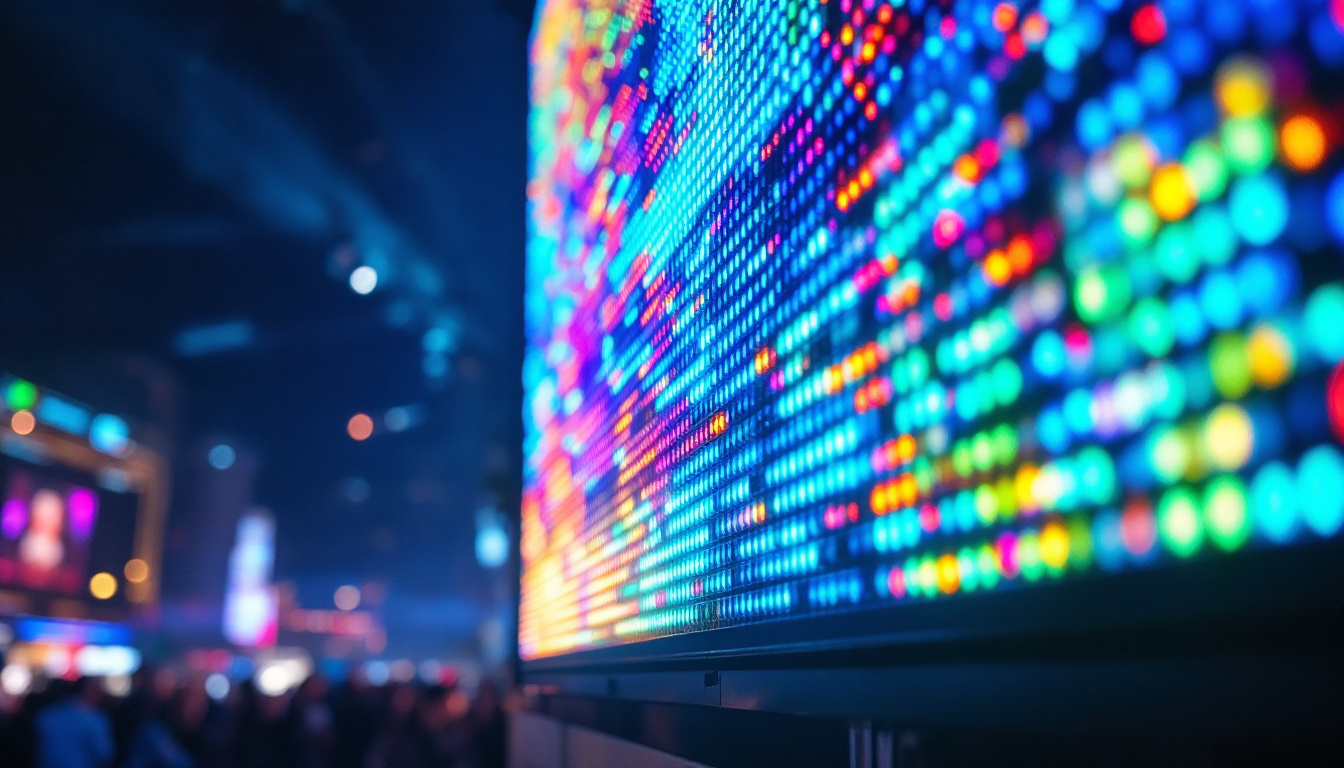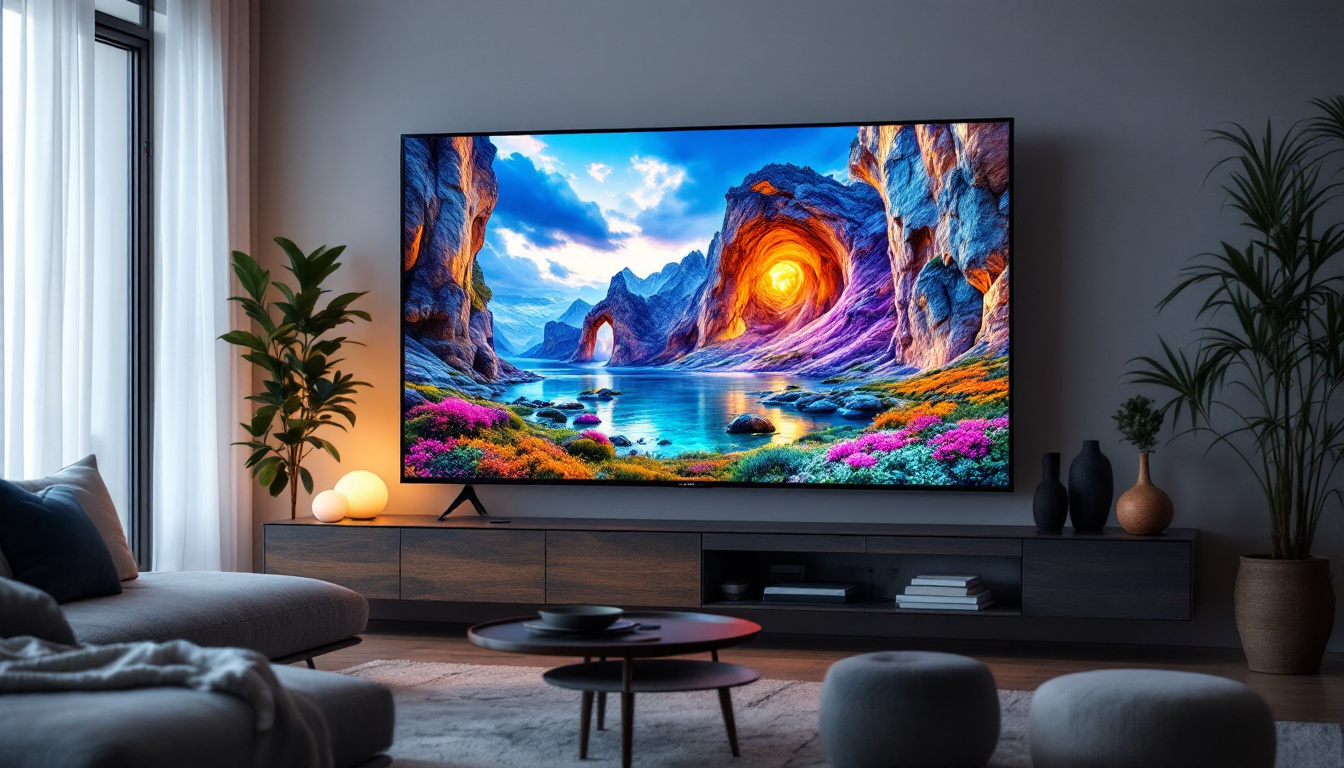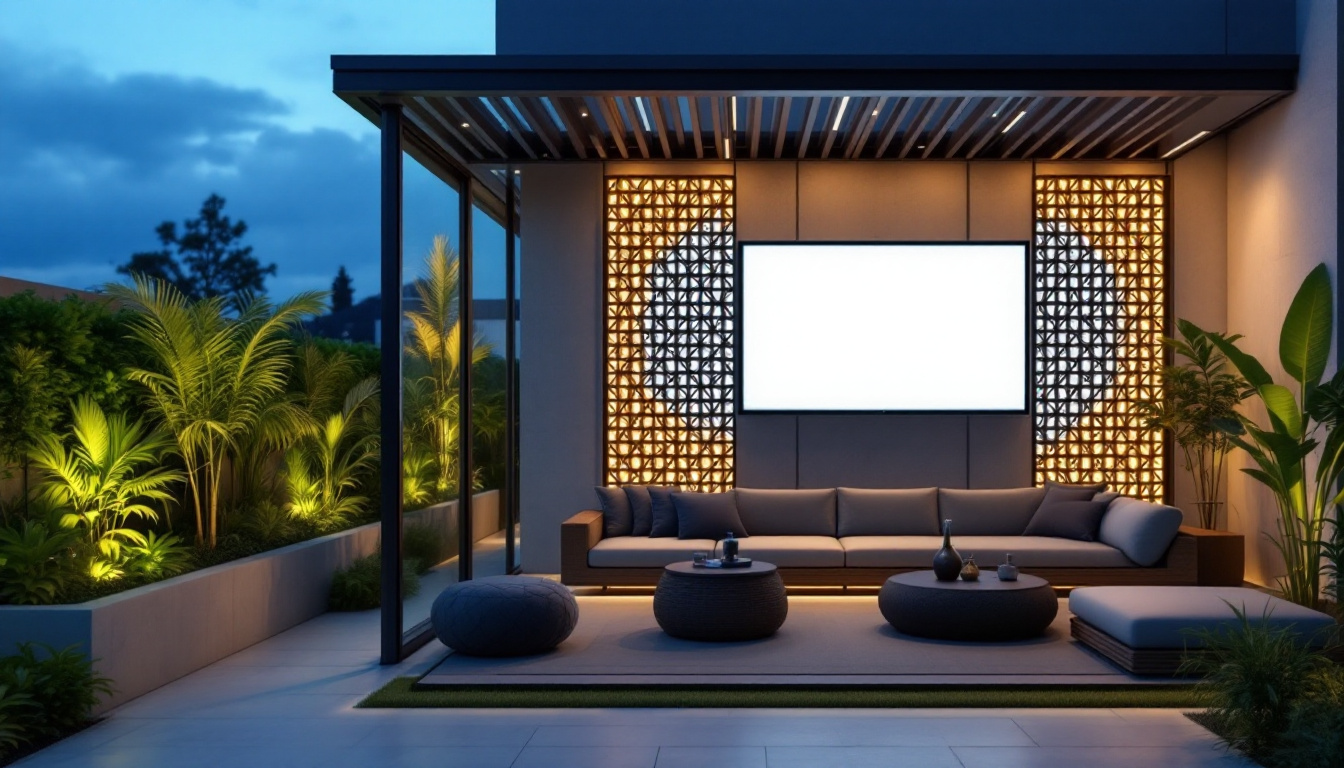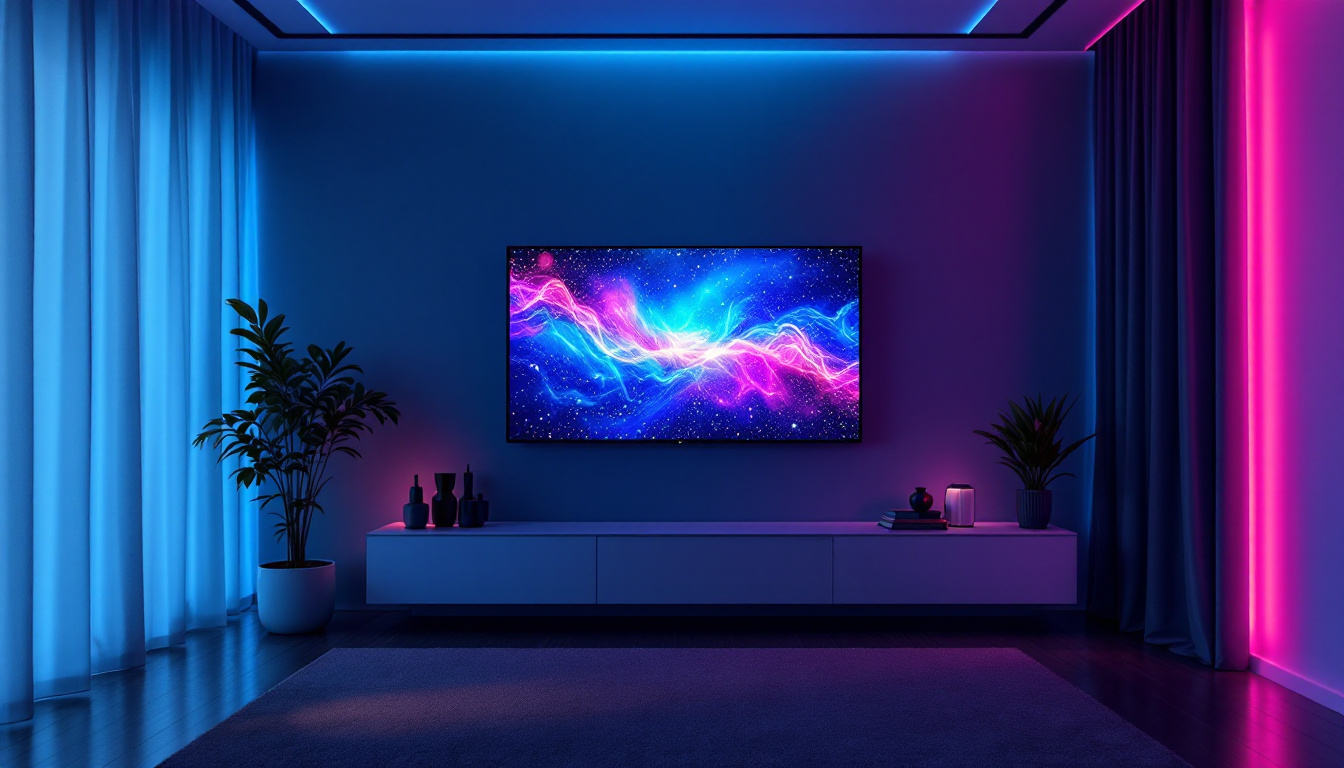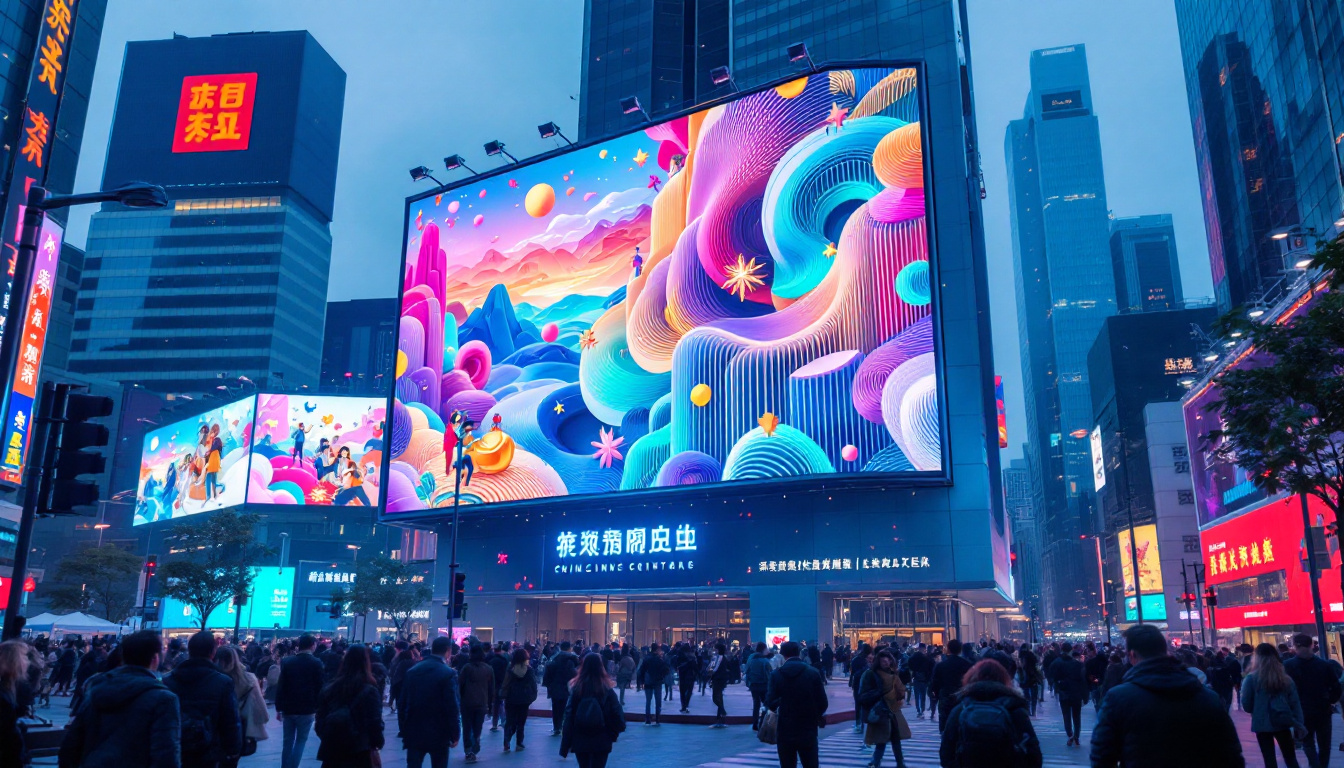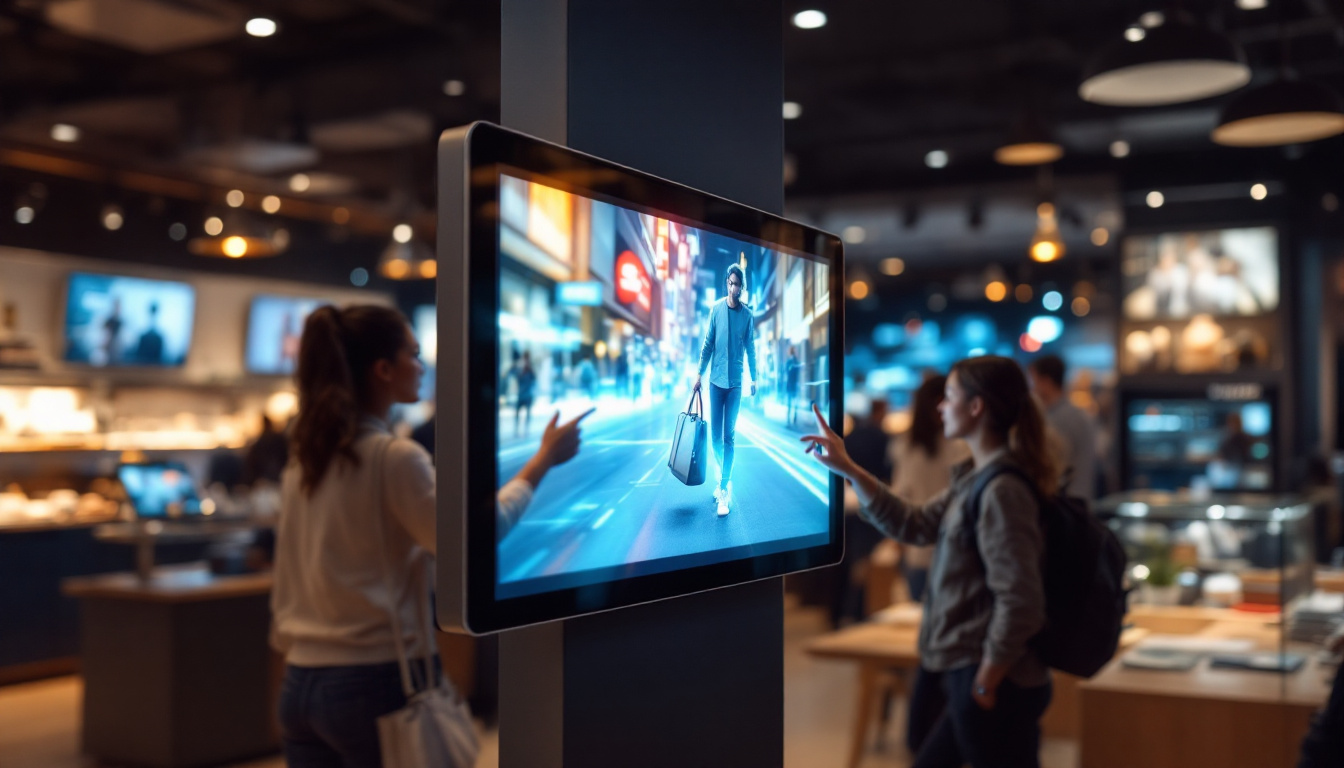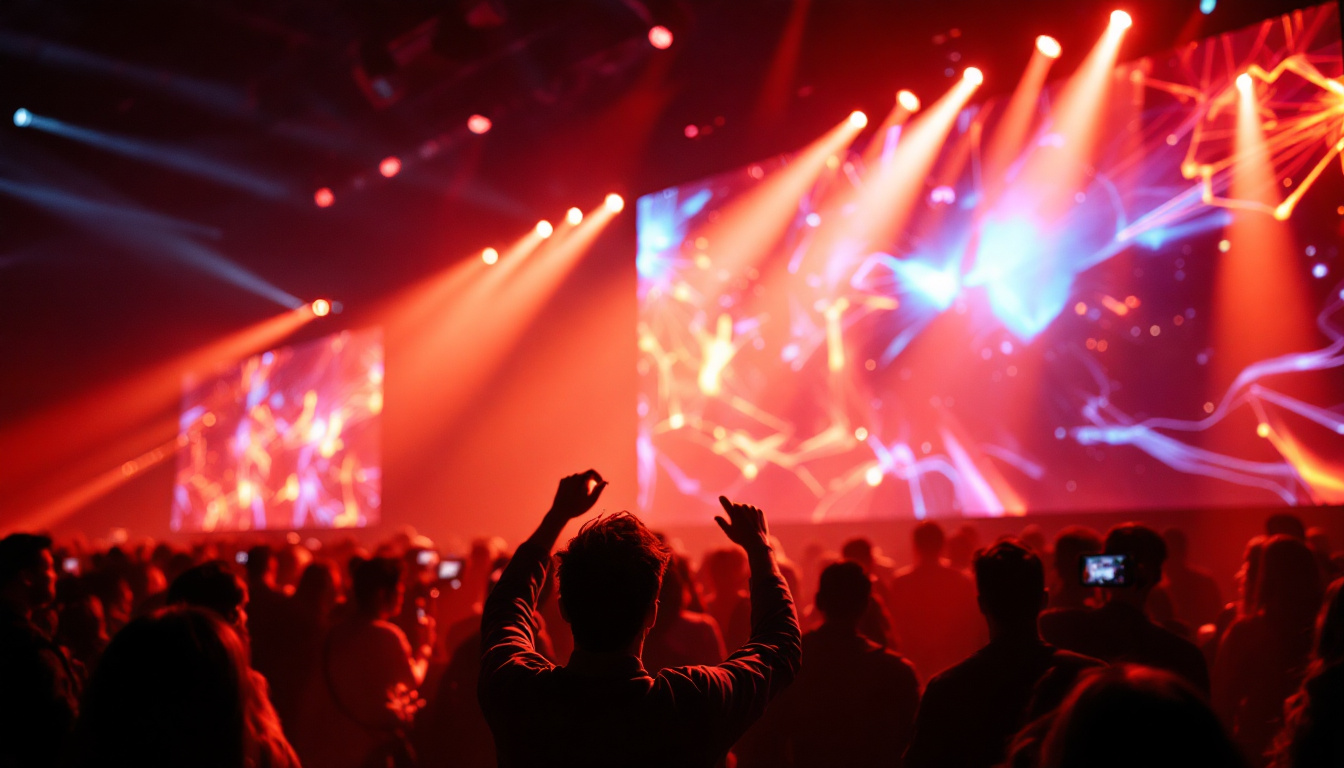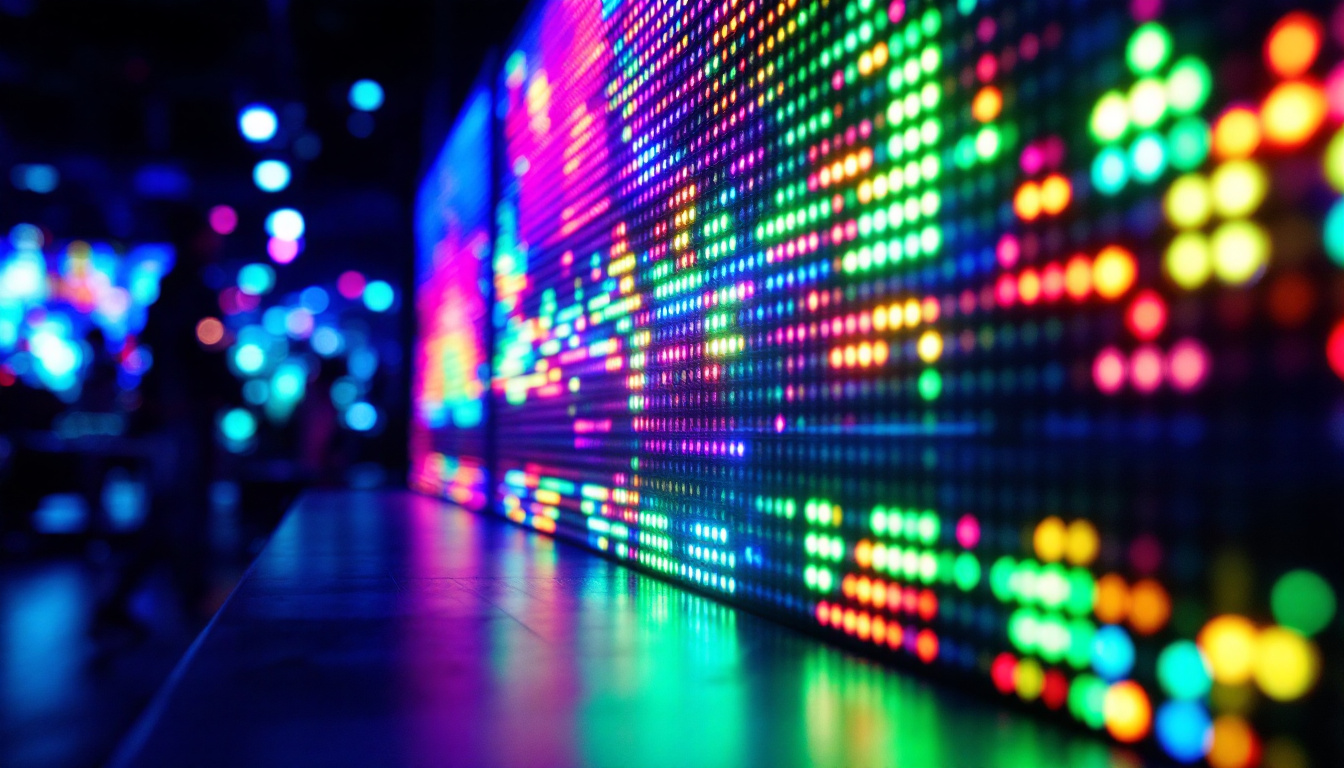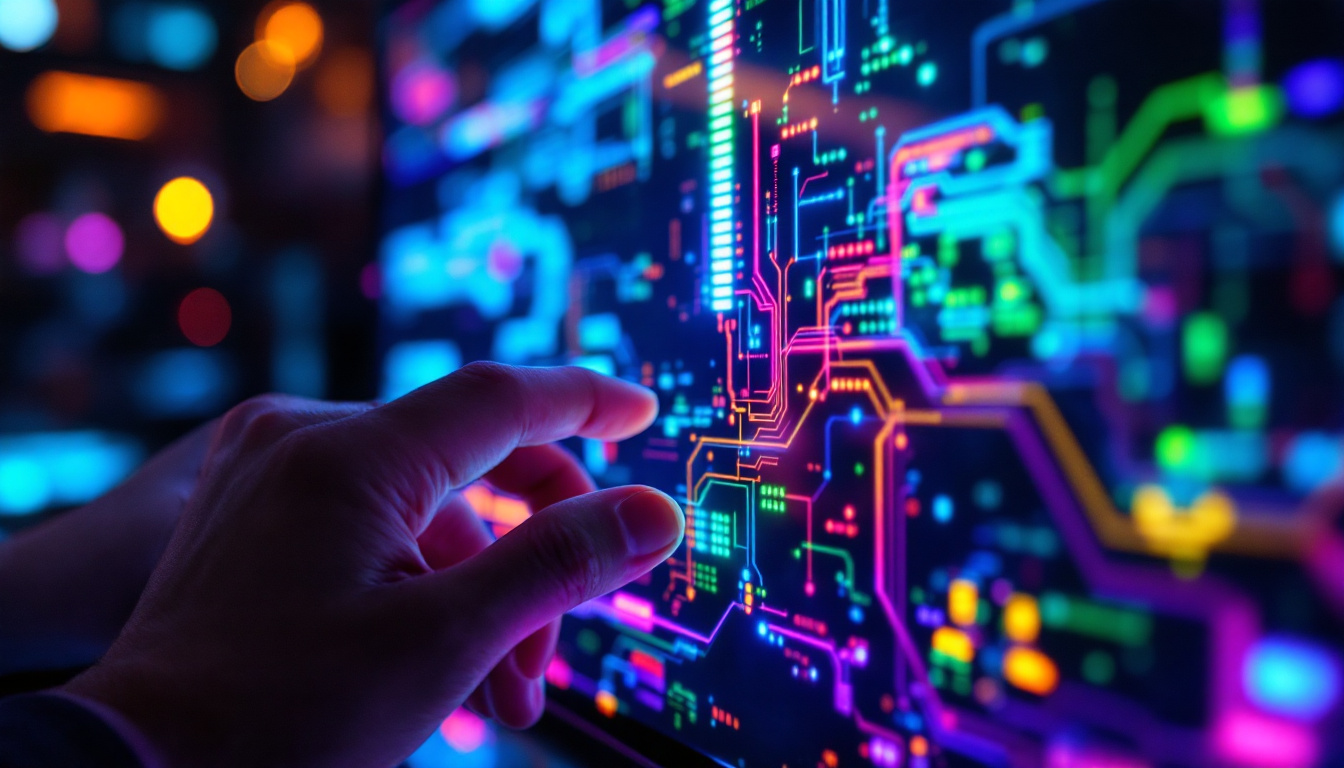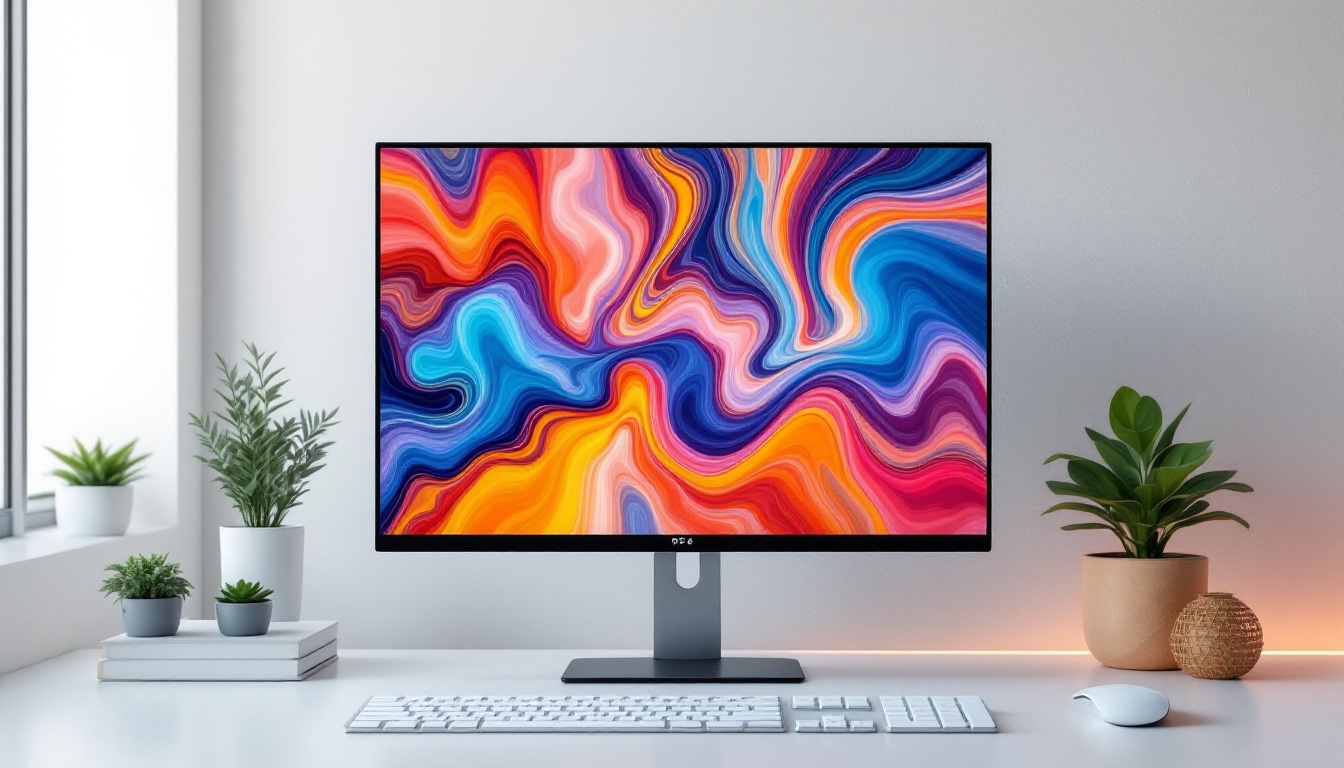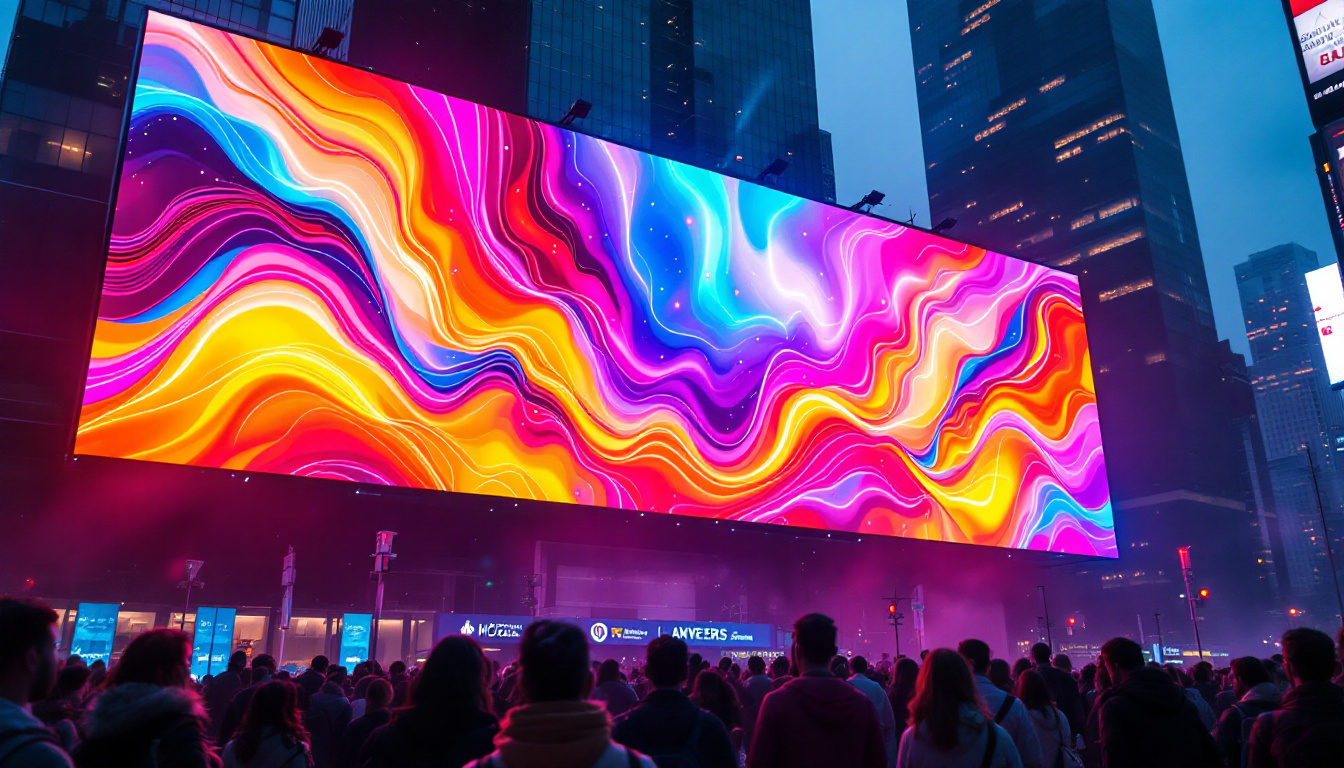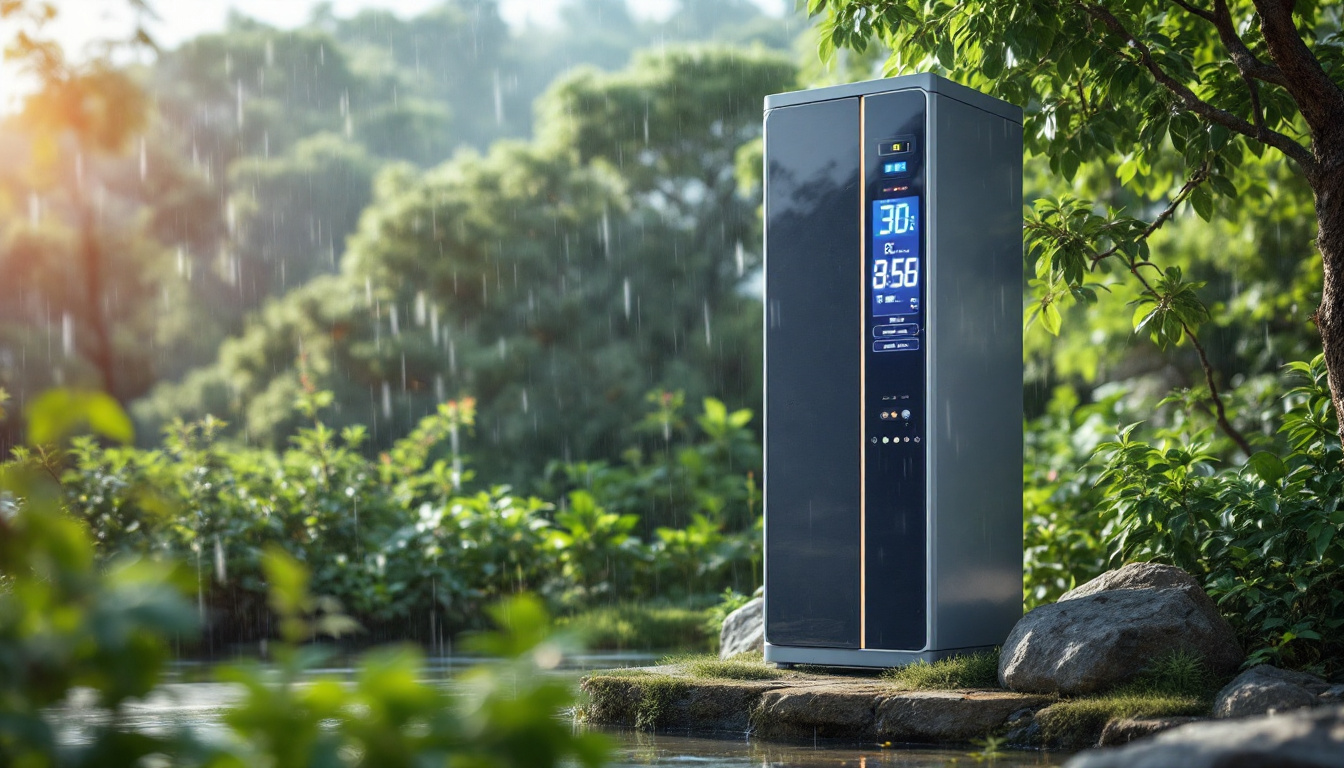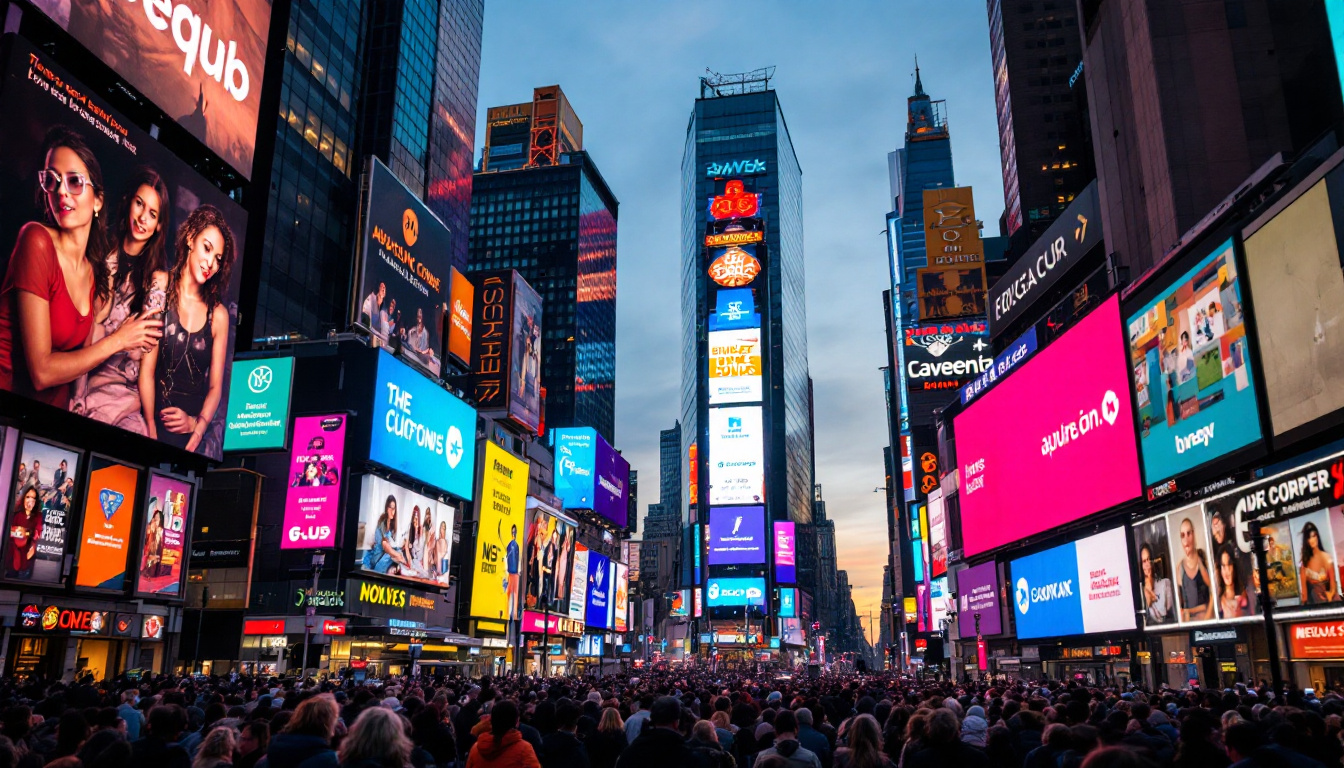In the world of sports, entertainment, and advertising, Jumbotrons have become an essential part of the visual landscape. These large LED displays provide dynamic content that captivates audiences, enhances experiences, and delivers information in real-time. However, many people are left wondering about the costs associated with acquiring and maintaining a Jumbotron. This article delves into the various factors influencing the cost of Jumbotrons, the technology behind them, and their applications.
Understanding Jumbotrons
Jumbotrons, or large-scale LED displays, are used in a multitude of settings, including stadiums, arenas, concert venues, and public spaces. They are designed to be visible from great distances, making them ideal for large crowds. The technology behind these displays has evolved significantly, resulting in better image quality, energy efficiency, and durability. In addition to their visual impact, Jumbotrons also play a crucial role in enhancing audience engagement, providing real-time updates, and creating an immersive experience for viewers. As technology continues to advance, we can expect even more innovative applications of Jumbotrons in various fields.
What is a Jumbotron?
A Jumbotron is essentially a brand name that has become synonymous with large LED screens. These displays can show high-definition video, graphics, and live feeds, making them versatile tools for entertainment and information dissemination. Their size can vary, but they typically measure several feet in height and width, allowing for visibility from afar. Beyond sports and concerts, Jumbotrons are increasingly being used in advertising, public service announcements, and even art installations, transforming urban landscapes into dynamic visual experiences. The ability to showcase vibrant content has made them a staple in modern city planning and event management.
How Do Jumbotrons Work?
At the core of a Jumbotron is an array of light-emitting diodes (LEDs) that work together to create images and videos. Each LED can emit different colors, and by controlling the intensity of each light, a full-color image can be produced. The displays are powered by sophisticated software that allows for the seamless integration of various types of content, including live broadcasts, pre-recorded videos, and interactive graphics. Additionally, advancements in pixel pitch technology have allowed for closer viewing distances without sacrificing image quality, making Jumbotrons more versatile than ever. This means that whether you’re sitting in the nosebleeds of a stadium or standing right in front of the screen, the viewing experience remains sharp and engaging.
Factors Influencing the Cost of Jumbotrons
The cost of a Jumbotron can vary widely based on several factors. Understanding these elements is crucial for anyone considering the purchase or rental of a large LED display.
Size and Resolution
One of the most significant factors affecting the cost of a Jumbotron is its size. Larger screens require more materials and technology, which increases the overall price. Additionally, the resolution of the display plays a crucial role in determining cost. Higher resolution screens provide clearer images and are more expensive due to the increased number of LEDs required. A typical resolution is measured in pixels per square meter, with higher pixel density resulting in sharper images. For instance, a Jumbotron with a pixel pitch of 2.5mm will offer a much crisper image compared to one with a 10mm pitch, making it more desirable for venues where close viewing is common, such as concert arenas or sports stadiums.
Technology and Features
The technology used in Jumbotrons has advanced rapidly, leading to various features that can influence pricing. For instance, some displays offer 4K resolution, which provides an ultra-high-definition viewing experience. Other features, such as weatherproofing, energy efficiency, and brightness levels, can also impact the cost. Displays designed for outdoor use typically cost more due to the need for additional protective measures against the elements. Furthermore, some Jumbotrons come equipped with advanced capabilities like touch interactivity, augmented reality integration, and customizable content management systems, which can significantly enhance viewer engagement but also add to the overall investment required.
Installation and Maintenance Costs
Beyond the initial purchase price, installation and maintenance costs must also be considered. Installing a Jumbotron often requires specialized equipment and skilled labor, which can add significantly to the overall expense. Furthermore, regular maintenance is essential to ensure the longevity and functionality of the display. This may include cleaning, software updates, and repairs, all of which contribute to the ongoing costs of owning a Jumbotron. Additionally, the location of the installation can affect these costs; for example, a Jumbotron mounted high above a stadium may require more complex rigging and safety measures compared to one set up at ground level. The frequency of use also plays a role in maintenance; displays that are used more often may require more regular check-ups and servicing to keep them in optimal condition.
Average Cost of Jumbotrons
While the price of Jumbotrons can vary greatly, understanding the average costs can provide a clearer picture for potential buyers. It is essential to note that these costs can fluctuate based on the factors previously discussed.
Basic Pricing Structure
On average, the cost of a Jumbotron can range from $10,000 to over $1 million. Smaller, lower-resolution displays may start at the lower end of this range, while larger, high-resolution models can command prices well into the six-figure territory. For example, a basic outdoor LED display of moderate size might cost around $30,000, whereas a large, high-definition display for a major sports venue could easily exceed $500,000.
Rental vs. Purchase Costs
For events that require a Jumbotron for a limited time, renting may be a more cost-effective option. Rental prices can vary based on the size of the display, duration of use, and additional services such as installation and technical support. Typically, rental costs can range from $1,000 to $10,000 per day, depending on these factors. This option allows organizations to access high-quality displays without the long-term commitment of purchasing.
Financing Options
For those considering purchasing a Jumbotron, various financing options are available. Many suppliers offer leasing programs that allow organizations to pay for the display over time, making it more manageable for budgets. Additionally, some companies provide financing solutions that can help spread the cost over several years, making it easier for businesses and venues to invest in this technology without a hefty upfront payment.
Applications of Jumbotrons
Jumbotrons are not just for sports stadiums; their applications are diverse and can be found in various industries. Understanding how these displays are used can help potential buyers appreciate their value and versatility.
Sports and Entertainment Venues
In sports arenas, Jumbotrons are invaluable for enhancing the fan experience. They provide instant replays, live game footage, and entertainment segments during breaks in play. Concert venues also utilize Jumbotrons to display live performances, ensuring that even those seated far from the stage can enjoy the show. The use of Jumbotrons in these settings has become standard, as they significantly enhance audience engagement.
Advertising and Marketing
Businesses are increasingly using Jumbotrons for advertising purposes. These displays can showcase dynamic advertisements that capture the attention of passersby. Whether located in busy urban areas or at events, Jumbotrons provide a platform for brands to reach large audiences effectively. The ability to change content quickly allows for targeted marketing campaigns that can be adapted based on time and location.
Public Information and Safety
Jumbotrons also serve an essential role in public information dissemination. In urban areas, these displays can provide real-time updates on traffic conditions, weather alerts, and emergency announcements. Their visibility ensures that important information reaches a broad audience quickly, making them valuable tools for public safety and awareness.
Future Trends in Jumbotron Technology
The technology behind Jumbotrons continues to evolve, leading to exciting trends that may shape their future applications and costs. Staying informed about these developments can help potential buyers make informed decisions.
Advancements in Resolution and Brightness
As technology progresses, Jumbotrons are becoming increasingly high-resolution and brighter. The introduction of microLED technology promises to deliver even more vibrant colors and sharper images, enhancing the viewing experience. This trend is particularly significant for outdoor displays, where brightness is essential for visibility in direct sunlight.
Integration with Augmented Reality
Another exciting trend is the integration of augmented reality (AR) with Jumbotron displays. This technology allows for interactive experiences that can engage audiences in new ways. For instance, viewers might use their smartphones to interact with content displayed on the Jumbotron, creating a more immersive experience. As AR technology continues to develop, its application in Jumbotrons is likely to expand, offering innovative ways to captivate audiences.
Environmental Considerations
With growing concerns about environmental sustainability, manufacturers are increasingly focusing on creating energy-efficient Jumbotrons. This includes using eco-friendly materials and developing displays that consume less power. As organizations strive to reduce their carbon footprint, energy-efficient Jumbotrons may become more desirable, potentially influencing purchasing decisions and costs.
Conclusion
Jumbotrons have revolutionized the way information and entertainment are delivered to large audiences. Their versatility and impact make them valuable assets for various applications, from sports venues to public information displays. Understanding the factors that influence their cost, as well as the ongoing advancements in technology, is crucial for anyone considering the purchase or rental of a Jumbotron.
As the demand for high-quality visual displays continues to grow, so too will the innovations in Jumbotron technology. By staying informed about these developments and carefully considering the factors that affect costs, organizations can make strategic decisions that enhance their audience engagement and overall experience.
Whether for a one-time event or a permanent installation, investing in a Jumbotron can yield significant returns in terms of audience engagement and brand visibility. As technology continues to advance, the future of Jumbotrons looks bright, promising even more exciting possibilities for their use in the years to come.
Explore Cutting-Edge Jumbotron Solutions with LumenMatrix
Ready to elevate your audience’s experience with the latest in LED display technology? Look no further than LumenMatrix, a pioneer in crafting immersive visual experiences through innovative LED solutions. From vibrant Indoor and Outdoor LED Wall Displays to dynamic Vehicle and Sports LED Displays, LumenMatrix offers a wide array of products designed to captivate and engage. Discover the perfect LED display for your needs, whether it’s for advertising, live events, or unique installations like Floor and Custom LED Displays. Embrace the future of visual communication with LumenMatrix’s All-in-One and Transparent LED Displays. Check out LumenMatrix LED Display Solutions today and transform your space into a visual spectacle that leaves a lasting impression.

